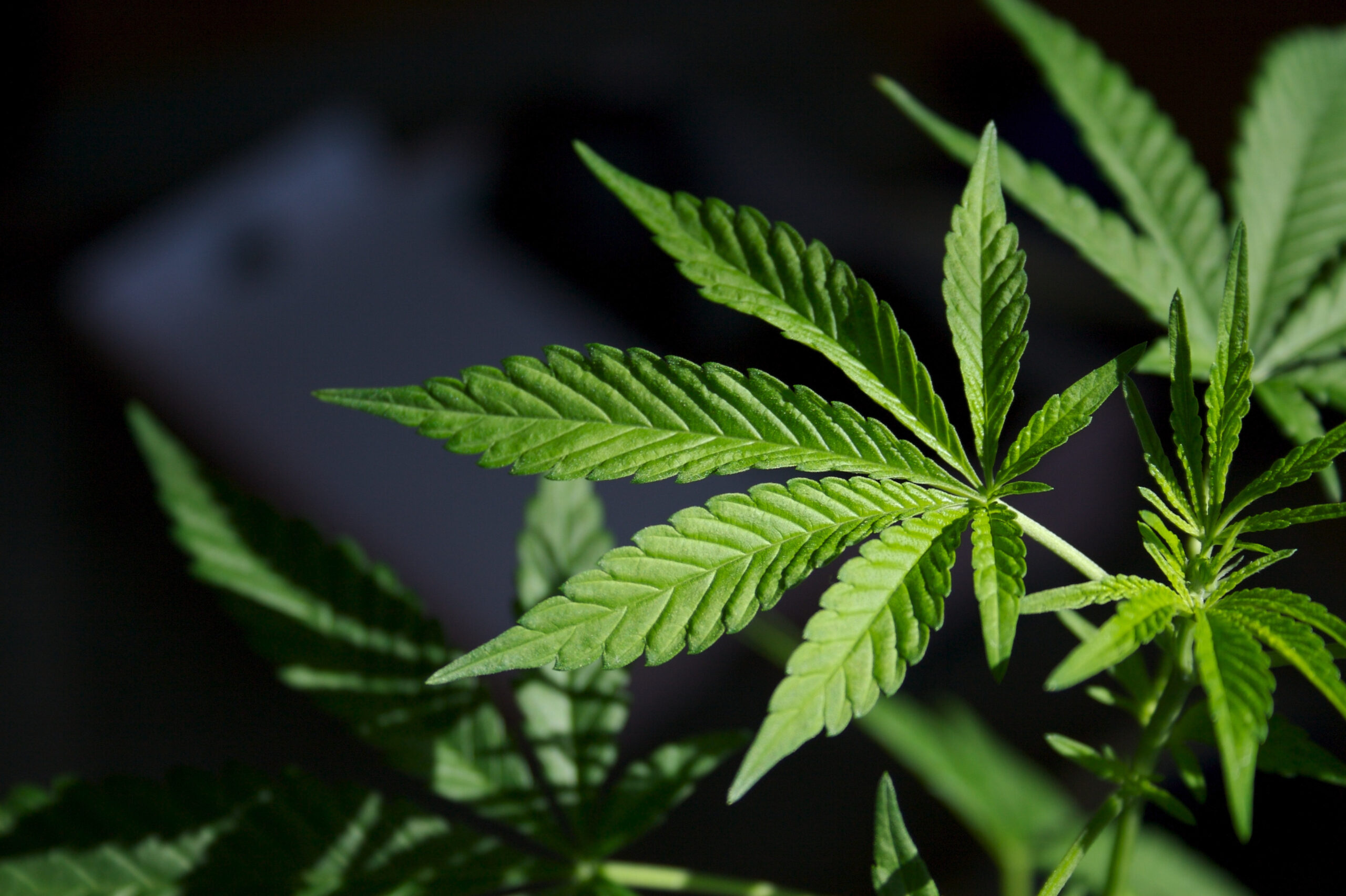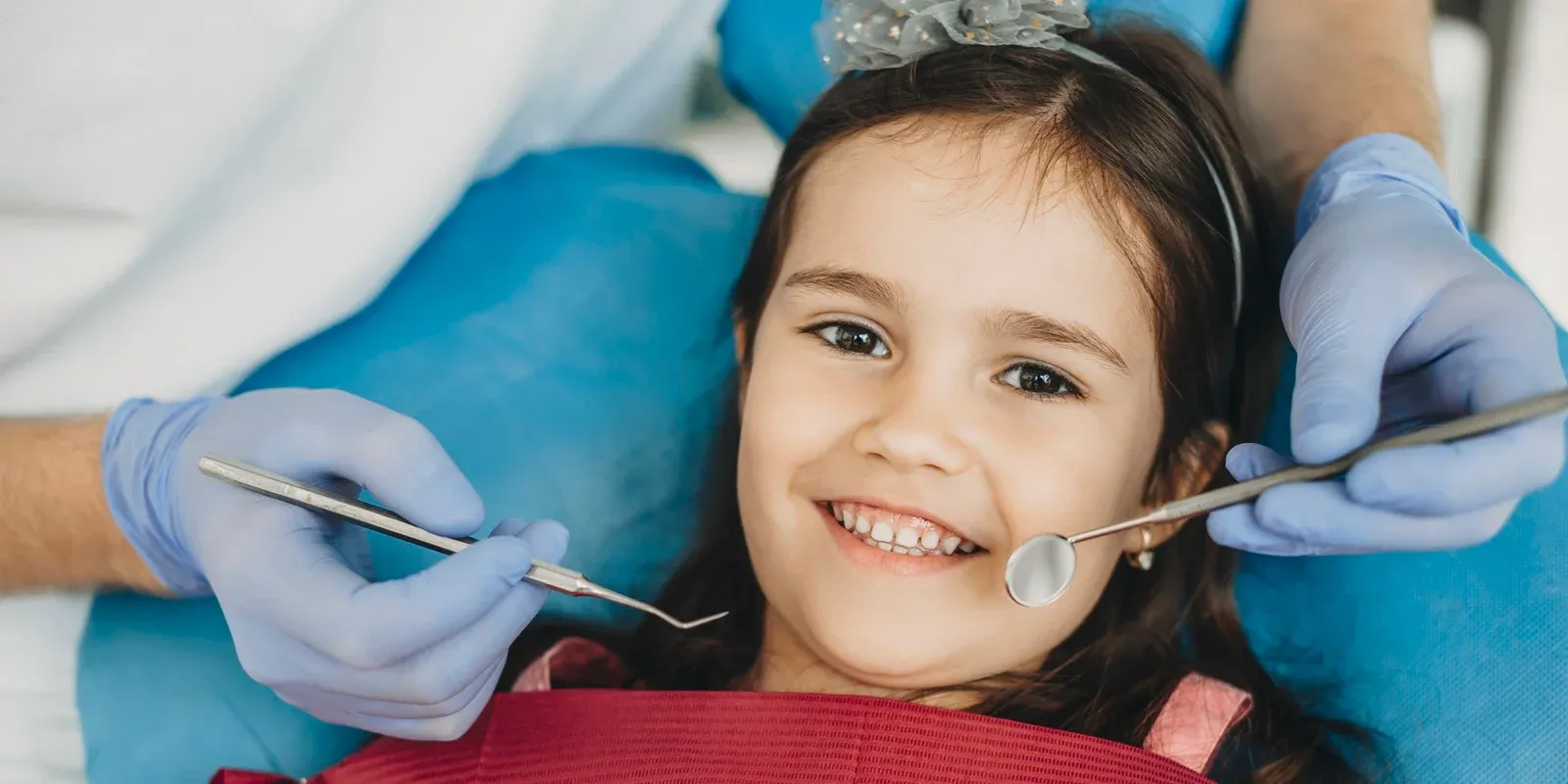HEALTH
How Legal Access to Cannabis Affects Health and Wellness

As cannabis legalization sweeps across various regions, dispensaries have emerged as critical facilitators in the health and wellness landscape. These establishments have transcended their fundamental role of selling cannabis, evolving into entities that offer comprehensive support, guidance, and personalized care for those keen on exploring cannabis for therapeutic purposes. To fully grasp the transformative role of dispensaries in health-centric communities, it’s essential to learn more about the services and products they provide.
Dispensaries serve as a vital link between consumers and the intricate world of cannabis applications. They provide access to an array of products meticulously crafted to enhance well-being, addressing ailments from chronic pain to anxiety. By connecting conventional medicine with holistic approaches, these organizations enable individuals to actively take charge of their health.
Cannabis and Its Potential Health Benefits
Cannabis is known for its diverse composition, which includes more than a hundred cannabinoids, such as THC (tetrahydrocannabinol) and CBD (cannabidiol). These compounds have been linked to a spectrum of therapeutic effects, each possessing unique health benefits. According to research from Harvard Medical School, these compounds may alleviate conditions like chronic pain, inflammation, and symptoms associated with mental health disorders such as depression and anxiety.
The possible health advantages go beyond symptom control, improving the quality of life for those with intricate health issues. As research continues to grow, the legitimacy of cannabis in medical and wellness contexts is continually reinforced, further establishing dispensaries as key contributors to holistic health approaches.
Dispensaries as Wellness Hubs
Along with providing a diverse selection of products, dispensaries have transformed into wellness hubs that cater to their communities with abundant resources and tailored care. The knowledgeable staff in these outlets are trained to guide customers through the complexities of cannabis products, tailoring recommendations to individual health profiles and wellness objectives. This level of personalized attention enhances the role of dispensaries as invaluable wellness hubs for individuals looking to incorporate cannabis into their holistic health routine.
In addition to consultations, numerous dispensaries host events and workshops to inform the community about the advantages and correct usage of cannabis. These initiatives foster community and mutual support among health-conscious individuals looking to enrich their wellness journeys.
The Role of Education in Dispensaries
Dispensaries play a crucial educational role in the cannabis industry. They offer a variety of learning resources, from comprehensive guides and pamphlets to in-depth informational sessions and talks. These resources are designed to educate consumers on the science of cannabis, its possible health advantages, and the legal complexities associated with its utilization. This educational aspect is fundamental in dispelling myths and misconceptions about cannabis, thereby facilitating informed decision-making. By hosting these academic activities, dispensaries nurture knowledge and understanding within the community, empowering individuals to consider cannabis a viable component of their health management strategies.
Challenges and Considerations
Despite the growing acceptance of cannabis, significant challenges persist, particularly in navigating the legal landscape. Regulations can vary dramatically between regions, impacting everything from what products are available to how they can be marketed and sold. These complexities demand that both dispensaries and consumers remain vigilant and informed.
- Legal Restrictions: The patchwork of legal frameworks makes it challenging to ensure consistent access and use of cannabis products across different jurisdictions.
- Product Quality: Maintaining the safety and quality of cannabis products is vital, and it demands strict compliance with evolving regulations and industry standards.
These challenges underscore the need for ongoing research and advocacy to help overcome obstacles and optimize the use of cannabis for health and wellness purposes.
Success Stories and Real-Life Examples
The proof of cannabis’s efficacy as a therapeutic agent is best illustrated through real-life success stories. Numerous individuals have turned to cannabis for relief, experiencing significant improvements in managing chronic conditions such as pain, anxiety, and sleep disorders. These personal testimonies provide compelling evidence that bolsters dispensaries’ credibility as providers of alternative health solutions.
Such narratives not only validate the health benefits of cannabis but also inspire others to consider its potential in their wellness journey, promoting widespread acceptance and understanding of cannabis’s therapeutic value.
Community and Economic Impact
Beyond their benefits, cannabis dispensaries have a profound impact on local economies and communities. They play a role in economic expansion by providing job opportunities and producing significant tax income for local authorities. Moreover, many dispensaries engage in community-focused initiatives and contribute to charitable causes, cementing their role as responsible business entities.
Their engagement in local events and initiatives highlights their dedication to addressing customer needs and improving the welfare of the communities they serve.
The Future of Cannabis in Health and Wellness
The future of cannabis dispensaries in health and wellness looks promising, with the potential for even greater integration into standard healthcare frameworks. As research into cannabis and its applications continues to expand, new therapeutic uses are likely to emerge, broadening the scope and impact of cannabis-based products and services.
This evolution promises to deepen dispensaries’ impact on individual health outcomes and community well-being, effectively reshaping wellness paradigms and enhancing access to alternative healthcare solutions. With increased acceptance, cannabis dispensaries are poised to redefine the landscape of health and wellness, offering more comprehensive and accessible therapeutic options to diverse populations.
HEALTH
What Is a SLAP Tear? Understanding This Common Shoulder Injury

If you’ve been experiencing shoulder pain, clicking, or a loss of strength—especially during overhead movements—you may be dealing with more than just a strain. One possible culprit is a SLAP tear, a specific type of injury to the shoulder joint that can affect everyone from athletes to weekend warriors.
What Does “SLAP Tear” Mean?
SLAP stands for Superior Labrum Anterior and Posterior. In simpler terms, it’s a tear in the top part of the labrum—the ring of cartilage that surrounds the socket of your shoulder joint. This cartilage helps stabilize your shoulder and keep the ball of your upper arm bone in place. When torn, the result can be instability, discomfort, and reduced mobility.
How Does a SLAP Tear Happen?
SLAP tears can result from either acute trauma or repetitive motion. Some of the most common causes include:
- Falling on an outstretched arm
- Lifting heavy objects or weights with poor form
- Repetitive overhead movements (common in baseball, swimming, tennis, etc.)
- Sudden pulling motions (like grabbing something while falling)
In some cases, SLAP tears can also be part of the natural wear-and-tear process, especially in people over 40.
Common Symptoms of a SLAP Tear
Not all SLAP tears feel the same, but here are some symptoms to watch for:
- Deep shoulder pain, especially during overhead activity
- A clicking or popping sensation
- Weakness or fatigue in the shoulder
- Limited range of motion
- A feeling that your shoulder is going to “slip out”
These symptoms often mimic other shoulder conditions, which is why getting an accurate diagnosis is so important.
Diagnosing a SLAP Tear
A shoulder specialist will typically begin with a physical exam and a review of your activity history. Imaging tests like an MRI can help confirm the diagnosis, though in some cases, an arthroscopic procedure may be necessary to fully visualize the tear.
For a deeper dive into how SLAP tears are diagnosed and treated, visit: https://levelupshoulder.com/slap-tears/
Treatment Options
Treatment depends on the severity of the tear and your activity level. In mild cases, rest, anti-inflammatory medications, and physical therapy may be enough to restore function. For more serious tears—especially in younger or highly active individuals—arthroscopic surgery may be recommended to repair the torn labrum.
Post-surgery, a rehabilitation program will help restore range of motion, rebuild strength, and reduce the risk of reinjury.
Don’t Ignore Shoulder Pain
A SLAP tear can seriously impact your ability to perform daily tasks and enjoy physical activity. If you’re experiencing persistent shoulder pain, especially with overhead movements, it’s worth getting it checked out. Early treatment leads to better outcomes and a quicker return to the things you love.
HEALTH
What Is Orthopedic Medicine? An Intro to Bone and Joint Health

From sore knees after a weekend hike to a torn rotator cuff that just won’t heal, many of us deal with bone, joint, or muscle pain at some point in our lives. That’s where orthopedic medicine comes in. But what exactly does it cover—and when should you see an orthopedic specialist?
Whether you’re an athlete, a weekend warrior, or simply want to stay mobile and pain-free as you age, understanding the basics of orthopedic care can help you make better decisions about your health.
What Is Orthopedic Medicine?
Orthopedic medicine is a branch of medicine focused on the musculoskeletal system, which includes your bones, joints, ligaments, tendons, muscles, and nerves. The goal is to diagnose, treat, and prevent injuries and disorders that affect movement, stability, and function.
Orthopedic specialists, also known as orthopedists or orthopedic surgeons, are trained to handle everything from acute injuries (like fractures and dislocations) to chronic conditions such as arthritis, tendonitis, and degenerative joint disease.
What Conditions Do Orthopedic Doctors Treat?
Orthopedic medicine covers a wide range of conditions affecting different areas of the body, including:
- Shoulder injuries: rotator cuff tears, labral tears, impingement
- Knee issues: ACL tears, meniscus injuries, runner’s knee, arthritis
- Spine problems: herniated discs, sciatica, scoliosis
- Hip pain: bursitis, labral tears, osteoarthritis
- Hand and wrist: carpal tunnel syndrome, fractures, tendonitis
- Foot and ankle: plantar fasciitis, sprains, Achilles tendon injuries
Many of these conditions can be treated with non-surgical methods, though surgery may be necessary in more severe cases.
Types of Orthopedic Care
Orthopedic care includes both surgical and non-surgical options, depending on the injury or condition. Treatment approaches may involve:
- Physical therapy and rehabilitation
- Injections (such as cortisone or PRP) to reduce inflammation and pain
- Bracing or casting for stability and healing
- Minimally invasive surgery, like arthroscopy
- Joint replacement surgery, typically for hips, knees, or shoulders
For example, orthopedic treatments by Level Up Shoulder, Dr. Drake focus not only on surgical repair of shoulder injuries, but also on functional rehab, strength restoration, and getting patients back to the activities they love—faster and stronger.
When Should You See an Orthopedic Doctor?
If you’re experiencing any of the following, it may be time to schedule a consultation:
- Persistent joint or muscle pain
- Swelling or stiffness that doesn’t improve with rest
- Limited range of motion in a joint
- Weakness or instability
- An injury that isn’t healing properly
- Pain that interferes with your daily life or sleep
Early intervention can prevent long-term damage and get you back to full strength sooner.
Conclusion
Orthopedic medicine plays a vital role in keeping your body moving the way it should. Whether you’ve suffered a sports injury or are dealing with years of wear and tear, orthopedic specialists are trained to help you regain mobility, reduce pain, and improve your quality of life.
From preventive care to advanced surgical procedures, orthopedic treatments are designed to keep your bones and joints working better, for longer.
HEALTH
Raising Healthy Smiles: The Essentials of Pediatric Dental Care

What Is Pediatric Dentistry?
In addition to providing dental care, pediatric dentistry promotes good oral hygiene from an early age. Unlike general dentistry, pediatric dentists focus on young patients’ unique challenges and considerations. Their specific training prepares them to prevent and treat oral health problems in newborns, kids, and teenagers. Facilities like a Pediatric Dentist in Thornton provide environments specifically designed for children, helping ease anxiety and making dental visits enjoyable experiences. A pediatric facility’s vibrant and entertaining surroundings can significantly influence a child’s desire to get dental care.
The Importance of Early Dental Visits
Starting dental visits early is an investment in lifelong oral health. These initial visits, as recommended by the American Academy of Pediatric Dentistry, set the stage for understanding the importance of dental care. These are crucial periods when dentists can introduce children to oral hygiene and the significance of caring for their teeth. By capturing a child’s interest and removing any fear associated with dental visits, these experiences contribute to effectively monitoring and guiding the development of both baby and permanent teeth.
Understanding Common Pediatric Dental Issues
Children’s dental problems, including cavities and gum disease, are sometimes written off as trivial, but if ignored, they can cause serious health problems. Children are prone to cavities due to the sugary foods they consume and their sometimes irregular brushing habits. In addition, behaviors like thumb-sucking and extended use of pacifiers can affect tooth alignment and jaw development. By attending regular dental visits, parents can gain insights from dental professionals on mitigating these risks and ensuring early intervention. A more secure oral future can result from early detection of these disorders, which can stop them from developing into more serious tooth health difficulties.
Tips for Promoting Healthy Dental Habits
Creating a routine around dental care can help instill lifelong habits in children. They must be taught to use fluoride toothpaste and clean their teeth twice daily. Flossing should also be incorporated once teeth begin to touch. These habits need reinforcement at home to foster a sense of accountability in children. Parents can use visual aids or reward systems as positive reinforcements. Demonstrating proper techniques adds value, as children are likely to imitate the actions they observe. Good oral hygiene should be framed positively as an empowering practice rather than a chore.
Nutrition’s Role in Oral Health
A balanced diet is a pillar of strong oral health. Foods containing essential minerals, particularly calcium and phosphorus, are crucial in maintaining healthy enamel and oral well-being. Nuts, leafy greens, and dairy products can all significantly improve tooth health when consumed regularly. It’s also critical to restrict the consumption of acidic drinks and sugary foods that cause cavities. The resource on WebMD highlights the importance of a balanced diet in protecting your child’s teeth. Making informed choices about diet is an impactful way for parents to exercise control over their child’s oral health outside of the dental office.
How to Choose the Right Pediatric Dentist
Choosing a pediatric dentist shouldn’t be rushed. It’s a decision that can influence a child’s view of dental care. A pediatric dentist’s ability to communicate effectively with children and a friendly, inviting office atmosphere can make visits less intimidating. You could feel more at ease reading online reviews or asking friends for recommendations. The right dentist will engage with children in a way that builds trust and encourages enthusiasm for dental care. Parents are encouraged to visit potential dental practices to assess the environment and ensure it aligns with their child’s comfort levels and needs.
Setting Up a Child-Friendly Dental Routine
Making dental hygiene a habitual, positive practice begins with creativity. Utilizing tools such as songs, colorful toothbrushes, or even digital apps tracking brushing time can turn routine into fun. Allowing your child to pick out their dental supplies can also foster a sense of ownership over their oral hygiene. Establishing a routine, like brushing after breakfast and before bed, helps to weave dental care seamlessly into daily life. Consistency is key, and positive reinforcement can encourage a child to see these activities as enjoyable and rewarding.
Navigating Dental Anxiety in Children
Dental anxiety can significantly impact a child’s willingness to receive care, but it can be managed successfully. Introducing your child to the dental office gradually and supportively can alleviate fear. Explaining dental procedures using child-friendly language and offering reassurance can demystify the experience. Techniques such as deep breathing exercises or storytelling can divert attention, making visiting less daunting. Creating a supportive environment at home and during dental visits cultivates a positive attitude toward long-term dental wellness.
-

 BLOG1 year ago
BLOG1 year agoATFBooru: A Hub for Animated Art and Community
-

 CONSTRUCTION1 year ago
CONSTRUCTION1 year agoBuilding a Home Gym in Your Basement (7 Key Renovation Tips)
-

 BLOG1 year ago
BLOG1 year agoFictionmania: A Deep Dive into the World of Transformative Stories
-

 GAMES1 year ago
GAMES1 year agoSnow Rider 3D: Unblocked Tips and Tricks for Gamers
-

 BLOG12 months ago
BLOG12 months agoGIFHQ: A Comprehensive Guide
-

 BLOG1 year ago
BLOG1 year agoVincent herbert new wife: A Detailed Overview
-

 LIFESTYLE12 months ago
LIFESTYLE12 months agoVersatile Living: Stylish Indoor Outdoor Rugs with Eco-Friendly Appeal
-

 BUSINESS1 year ago
BUSINESS1 year agoInvestiit.com Tips: A Comprehensive Guide for Smart Investing
